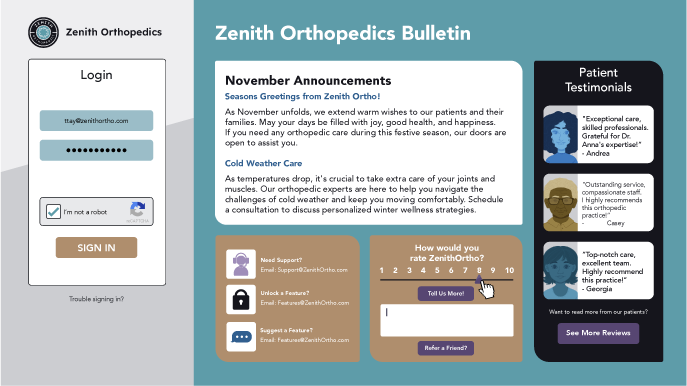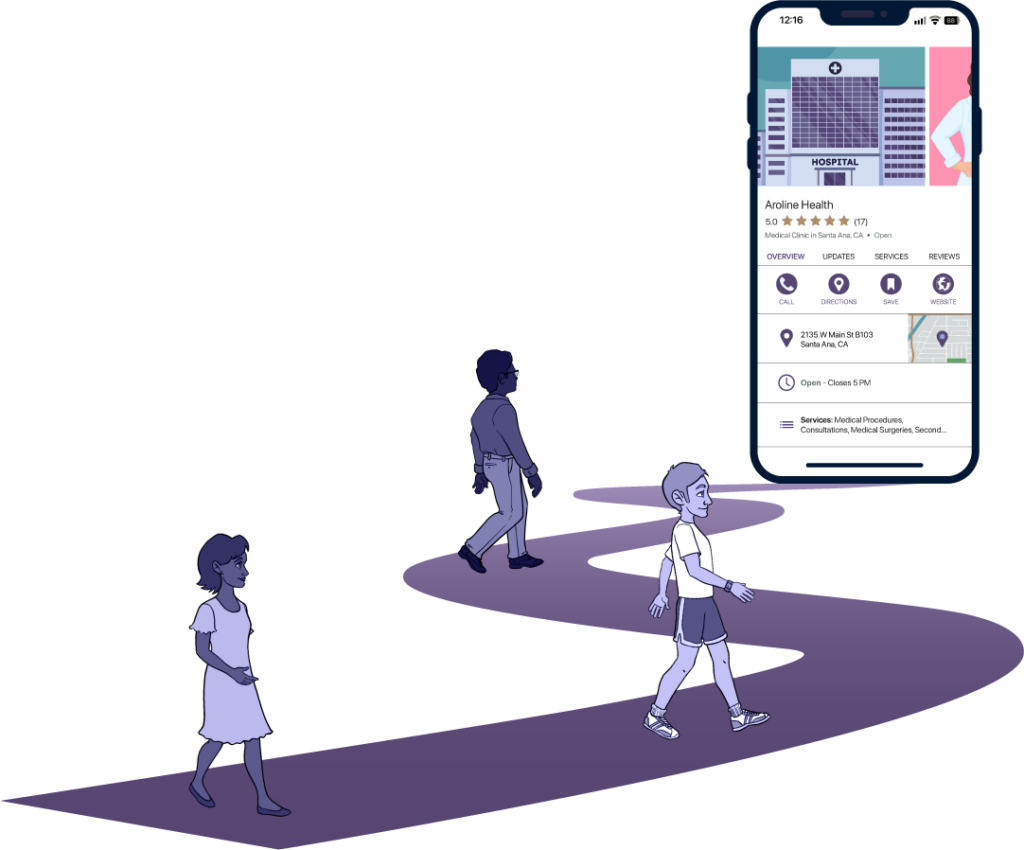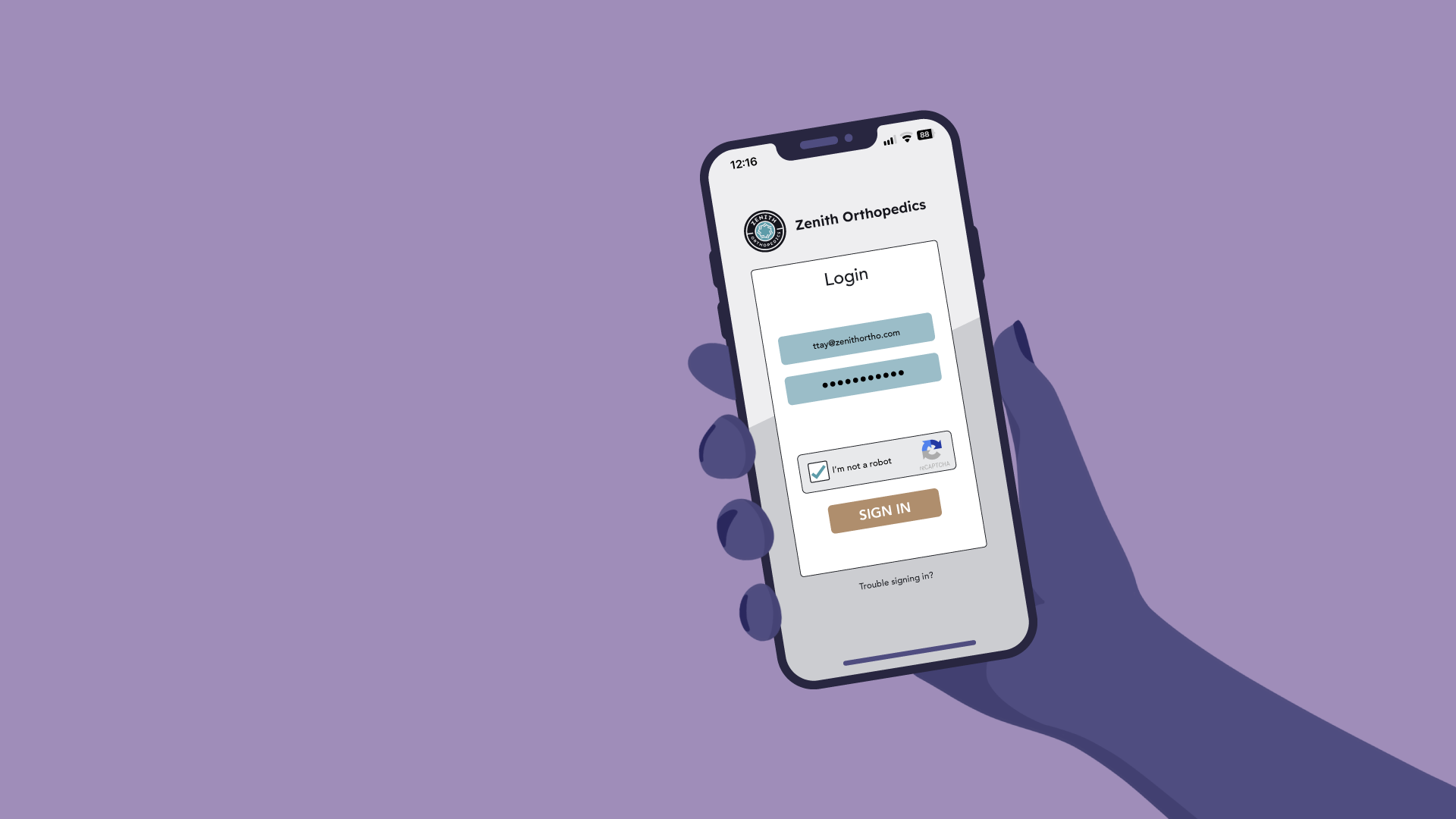We’re all more than familiar with the confounding feeling of frustration some everyday tasks induce. For example: sitting in traffic for 40+ minutes just to pick up a piece of paper that could be easily obtained digitally, call-waiting, phone bots, and irritating hold music, and even a bad user experience with an app that’s supposed to make our lives easier… See where we’re going with this?
In the increasingly competitive healthcare world, hospitals struggle with patient retention and often appear to lose patients to smaller practices that have the advantage of personalized services.
One of the most effective tools for enhancing hospital patient retention is patient portals.
These digital platforms offer a range of services and benefits at the tips of the patients’ fingertips, improving patient satisfaction, engagement, and loyalty, ultimately driving higher patient retention rates.
How Patient Portals Improve Hospital Patient Retention
Patient portals offer an array of features that make patients’ lives easier by saving time, relieving anxiety, and providing convenience, leading to enhanced patient experience and improved patient retention.
Convenience and Accessibility
Patient portals provide convenience and accessibility that significantly improve the patient experience. In this fast-paced world, everybody values efficiency and flexibility, and they won’t easily give it up.
- 24/7 Access: Patient portals allow patients to access their health information, request prescription refills, and manage doctor appointments at their convenience, streamlining these processes and eliminating the need to wait for office hours.
- Time-Saving: The ability to access and download test results, medical reports, and other important documents online saves patients the time and effort of commuting or phone calls.
- Telehealth Integration: Many patient portals support telehealth services, especially after the pandemic, allowing patients to have remote consultations with their doctors, which is valuable to everyone, particularly for those patients living in remote areas or having mobility issues.
Improved Communication
 Effective communication is a cornerstone of patient satisfaction and retention. Patient portals streamline and improve communication between patients and healthcare providers.
Effective communication is a cornerstone of patient satisfaction and retention. Patient portals streamline and improve communication between patients and healthcare providers.
- Appointment Scheduling: Easy appointment scheduling and appointment reminders encourage patients to take care of their health timely, reduce missed appointments, and ensure patients consistently receive the needed care.
- Direct Messaging: Many patient portals offer messaging or live chat features, allowing patients to communicate with their doctors, ask questions, and get timely responses, thus building trust and enhancing patient satisfaction.
- FAQ Section: Offering an FAQ section that gathers and addresses the most common questions and dilemmas your patients have saves time both for your staff and your patients while improving the patient experience.
Enhanced Patient Engagement
Patient portals are a great way to make patients more engaged in their healthcare journey, which is essential for enhancing trust, loyalty, and health outcomes.
- Control over PHI: Patient portals provide patients with easy access and management of their health records, fostering a sense of ownership and engagement in their patient journey.
- Educational Content: Patient portals can include links to educational materials related to the patient’s conditions and treatments, helping them understand their health better and follow their treatment plans.
- Interactiveness: Features like health tracking, symptom checkers, and personalized health tips engage patients and keep them actively involved in their healthcare management.
Personalized, Patient-Centric Care
Patient portals are a valuable tool for personalization and showcasing a patient-centered approach to care. Making patients feel valued and understood is crucial for hospital patient retention.
- Tailored Experiences: By integrating patient data, patient portals can offer personalized health recommendations, preventive care reminders, and notifications for upcoming tests and screenings.
- Patient Feedback: Patient portals allow the integration of surveys and feedback forms to encourage patients to share their experiences and concerns, creating an environment that fosters patient voices and feedback and providing hospitals with valuable insights and patient-centric service improvements.
What Makes A Good Patient Portal from The Patients’ POV?
As baffling as it is, more often than not we stumble upon apps and portals that fail in the key features and leave their users confused at best and frustrated at worst. Understanding what patients seek and value in a patient portal helps hospitals optimize their platforms to better meet their patient needs and enhance hospital patient retention.
To that end, let’s review the key principles of a good patient portal and explore how to apply them in practice.
Ease of Use
User-friendliness is paramount to the success of any online application. A user-friendly patient portal design ensures that patients of all ages and tech-savviness levels can use the portal effortlessly.
The two main pillars of user-friendly design are intuitive user interface and mobile-friendliness.
The patient portal should have a simple, intuitive design with an accessible menu and streamlined workflows, while mobile-friendliness ensures that patients can access their information on the go, enhancing convenience and patient engagement.
Security and Privacy
We all know how important data security and patient privacy are in healthcare. Patients need to feel confident that their PHI is safe with their provider. Robust security measures, such as data encryption and two-factor authentication, reassure patients that they can safely use the patient portal without worrying about data security.
Complying with HIPAA and PHI protection measures will ensure that patient data is handled with the highest confidentiality standards.
Comprehensive Features
Offering a wide range of useful features is what attracts patients to patient portals, drives their engagement, and enhances hospital patient retention. Patients appreciate having access to complete and updated medical records, including medical reports, lab results, and screening files.
Appointment management is also at the top of the list: the ability to schedule, reschedule, or cancel appointments within the portal saves patients’ time and reduces administrative burdens for both your patients and your staff.
Conducting quick user surveys can help you determine what your patients seek in a patient portal, allowing you to prioritize features they find most important and build a well-rounded platform that makes your patients’ lives easier.
Customer Support & Help Center
Frustrated users tend to seek help elsewhere, and that is true of every industry. While maintaining the quality of medical services is of utmost significance, improving and supporting other services, such as the patient portal, is almost as equally important for patient satisfaction and retention.
Providing prompt tech support helps patients resolve any issues they encounter while using the portal, while guided tutorials and FAQs let users better understand the functionalities and workflows, allowing them to make the most of the portal.
Maximizing Hospital Patient Retention with Technology
 Investing in a well-built patient portal is a strategic move that can significantly increase patient retention for hospital groups.
Investing in a well-built patient portal is a strategic move that can significantly increase patient retention for hospital groups.
Patient portals improve patient engagement, communication, and convenience and, by providing personalized and secure experiences, address many factors that influence a patient’s decision to stay with their healthcare provider.
As the healthcare industry continues to grow, hospitals that prioritize patient-centric digital solutions will be well-positioned to retain their patients and achieve scalable growth.
To conclude today’s class, let us offer you key advice and recommendations that’ll ensure your patient portal pays off:
- Invest in User Experience: Ensure that the patient portal is easy to navigate and accessible across different devices.
- Prioritize Security: Implement strong security measures to protect patient data and build trust.
- Release Improved Versions: Regularly update the portal with new features based on patient feedback and technological advancements.
- Promote The Patient Portal: Educate patients on the benefits of using the portal and provide support to help them get started.
- Monitor and Evaluate Performance: Regularly assess the portal’s impact on patient satisfaction and retention, and make necessary improvements based on the insights gathered.
Struggling to measure your KPIs? SocialClimb’s comprehensive healthcare marketing analytics platform allows you to centralize tracking, reporting, and analytics in one place in a HIPAA-compliant way, helping you understand your marketing spend and make data-informed decisions that increase marketing ROI, lower patient acquisition cost, and improve patient retention.











